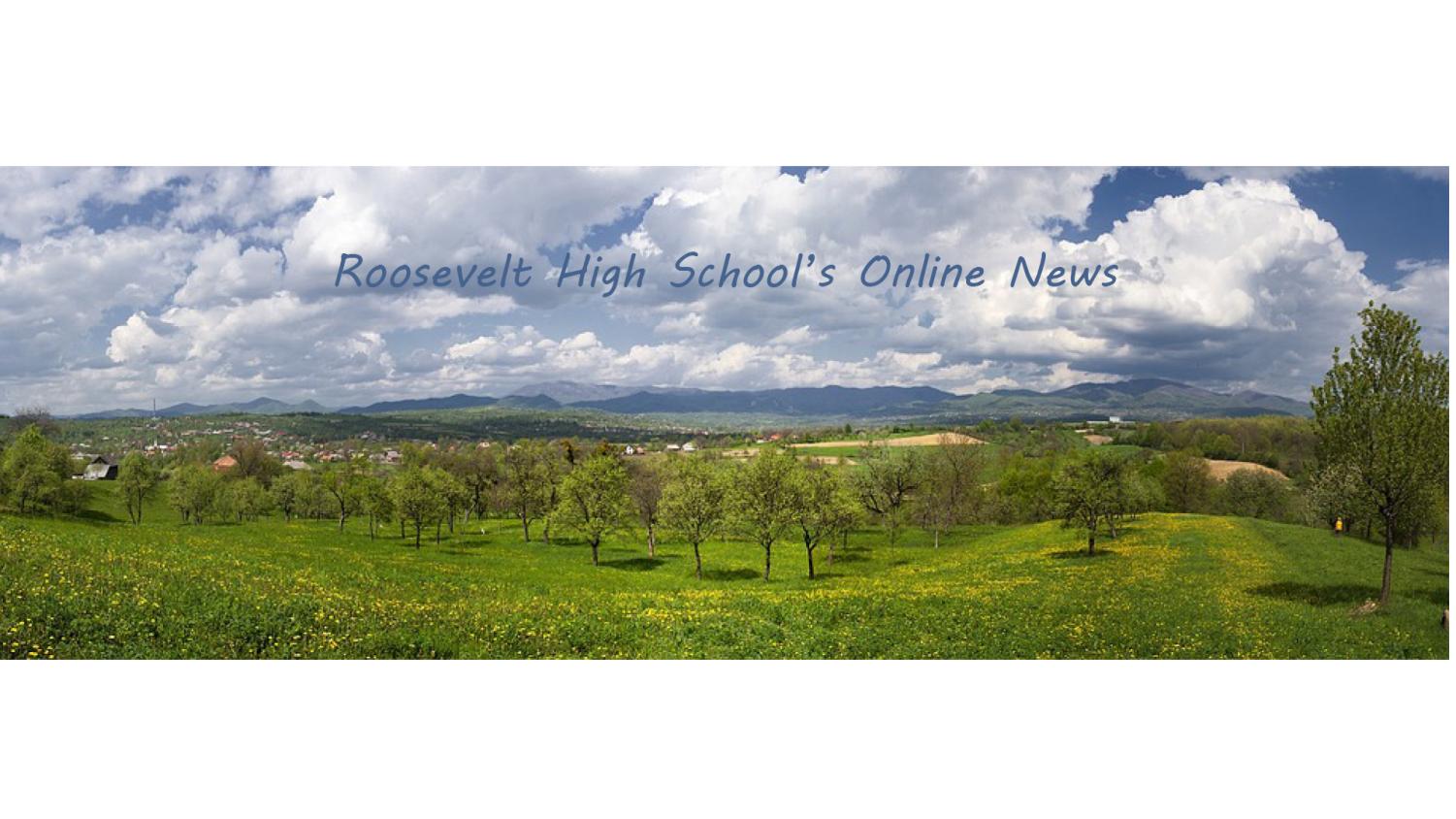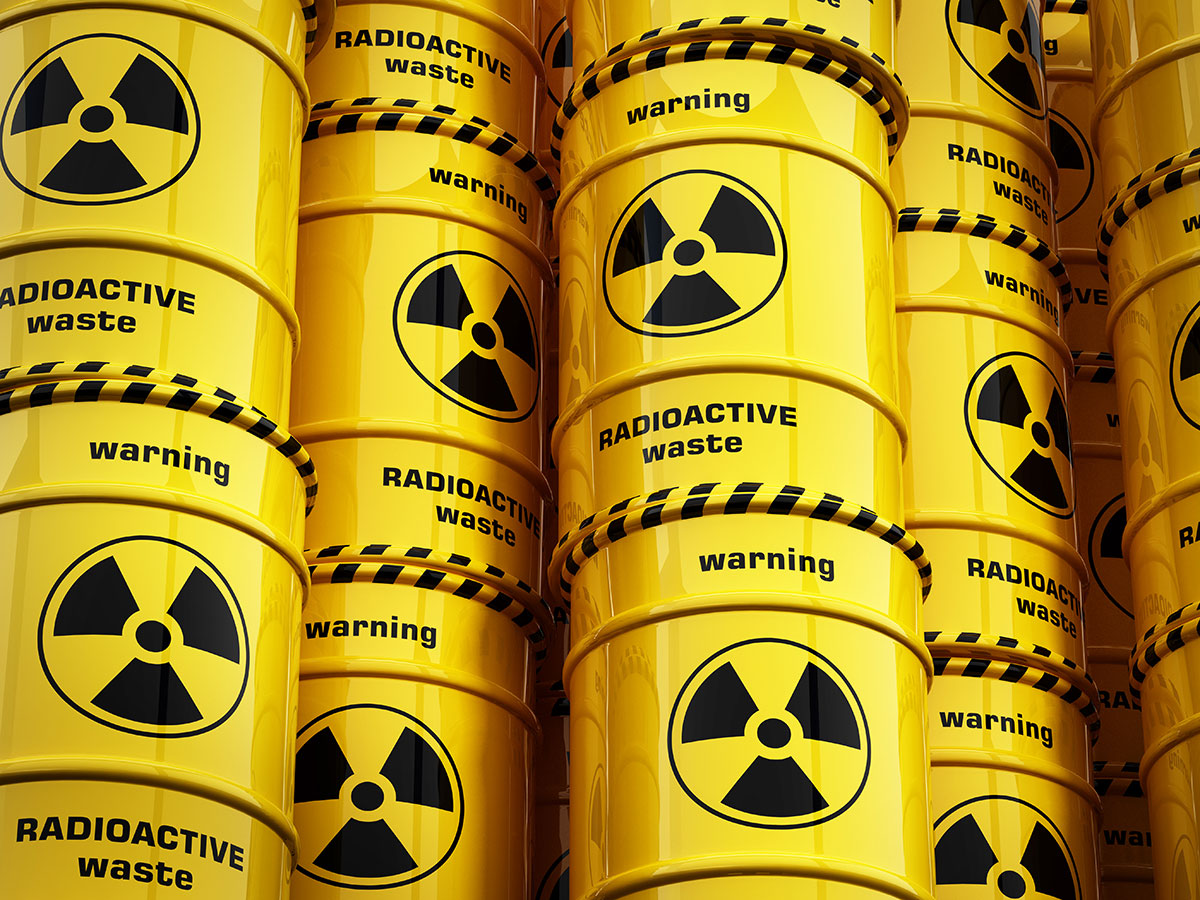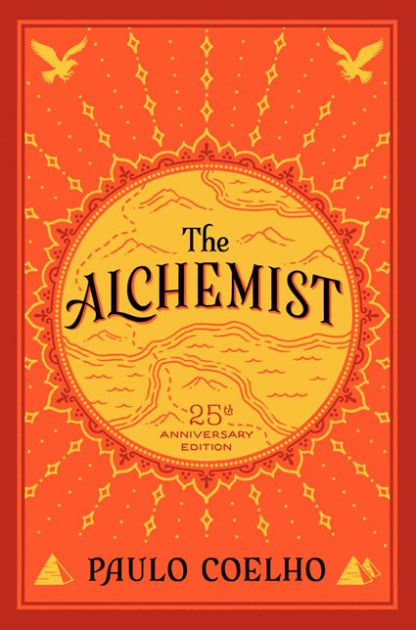We’ve all heard of the word nuclear. What is it? Nuclear is anything with a nuclear reaction. This can include atomic bombs, nuclear energy, nuclear medicine, etc. The nuclear reaction I want to focus on is nuclear waste, what it is, where it comes from, and what the solution to it is.
According to experts, Nuclear Energy is one of the best methods of producing energy and it also has incredible benefits to the environment and society. For one, the use of nuclear energy helps limit the growth of multiple global issues including climate change, air pollution, energy security, water scarcity, and economic growth. Power Plants also use less water and energy to operate than typical fossil fuel plants, and one uranium fuel pellet(about the size of an eraser) creates as much energy as one ton of coal, 149 gallons of oil, or 17,000 cubic feet of natural gas. Nuclear power plants produce no air pollution compared to the large amount of pollution fossil fuel plants produce while still generating significantly more energy than fossil fuels.
Though nuclear power plants produce no air pollution, they do produce a unique type of pollution called nuclear waste. Waste occurs when a process called fission splits the nucleus of a heavy atom(like uranium or plutonium). This splitting releases a large amount of heat energy that is used to boil water, creating steam, which then drives turbines connected to generators, producing electricity. After the split, byproducts like cesium and strontium are created. The radioactivity of the products is what makes nuclear waste so unsafe.
Although the use of nuclear energy comes with radioactive waste, there is a solution. Deep Geological Disposal is the best possible solution to nuclear waste as it involves burying it in a specially designed container up to half a mile underground. This ensures the safety of people and animals by keeping it where it can’t be contacted. There are many factors that go into burying nuclear waste such as the location of the burial, material of the vessel holding the waste, and where underground to bury it.
Where on earth to make a burial sight is important for a few reasons, like to ensure the area chosen isn’t planned or intended to be used for future urbanization. Another is to make sure the waste isn’t being buried anywhere there is groundwater to prevent contamination. Making sure the waste isn’t being buried in an earthquake-prone area or volcanically active area is also important to avoid damaging the container. Magma from volcanoes can also resurface the container along with erosion-prone areas. Certain rock structures are also targeted to ensure the natural stabilization of the container. Salt or granite is especially ideal because they are sturdy and salt heals and reinforces itself when damaged. Salt structures are also mostly found in underground regions with little to no seismic activity. Granite is sturdy and resistant to the movement of the earth in case of an earthquake.
Containers that store nuclear waste can just be made out of anything as nuclear waste causes corrosion. Corrosion can be caused by the generation of heat, chemical reactions, and the emission of radation. This is why materials like carbon steel or stainless steel are ideal because they are extremely durable and resist wear and tear. While stainless steel is naturally resistant to corrosion, carbon steel may need to be coated with corrosion-resistant chemicals. Both do very well at keeping radioactivity inside and not allowing leaks. Other materials like salt, Bentonite, clay, or polymer are also top picks for their reasons. For example, salt has self-healing properties which allow it to fix its own cracks and seal itself. When clay gets wet it expands, which creates a tighter seal around the waste preventing leaks. When burying, an inert gas may also be inserted for extra precautions to prevent any chemical reactions inside the container. One single vessel may have all of the following layers including the Inner Barrier (Stainless Steel or Corrosion-Resistant Material), Buffer Material (Bentonite, Clay, Polymer, or Salt), Radiation Shielding (Concrete), Outer Protective Layer (Steel or Composite Material).
Some extra precautions that may be taken to ensure nuclear waste does not cause any future issues are the separation of the containers to prevent collective heating, which can then lead to weakening or damaging the holding containers. Nuclear waste disposal is strictly overseen by government agencies to keep the public and the environment safe. These regulations cover everything from choosing the site and designing the facility to monitoring and closing it down. Even after burial, the depot is continuously monitored for radiation levels. Sensors can detect radiation levels and leaks in and around the container as well as in the soil, water, and air. The site is constantly watched by security to prevent trespassing, tampering, or theft.
A current active nuclear waste depot located in New Mexico is the biggest waste depot in the world and is named the Waste Isolation Pilot Plant (WIPP). It is located 2,150 feet (655 meters) underground in a salt formation, which helps to isolate the waste and prevent contamination. WIPP is considered one of the safest and most rigorously regulated nuclear waste disposal sites, with environmental monitoring continuing to ensure that radiation levels remain well within safe limits.
In conclusion, Nuclear Power is an excellent method of power and energy with its little to no pollution production and its high power output. The biggest issue it comes with, nuclear waste, is solvable by a very in-depth procedure and is backed by many extra measures and precautions. Using this method of disposal, the use of nuclear energy could grow exponentially around the world and assist in ending multiple global issues.








